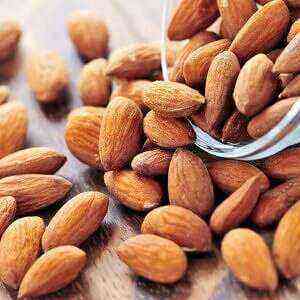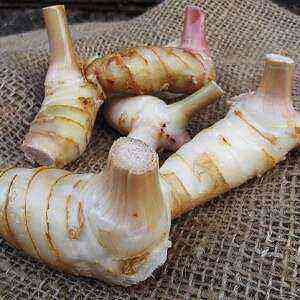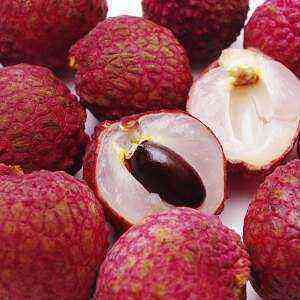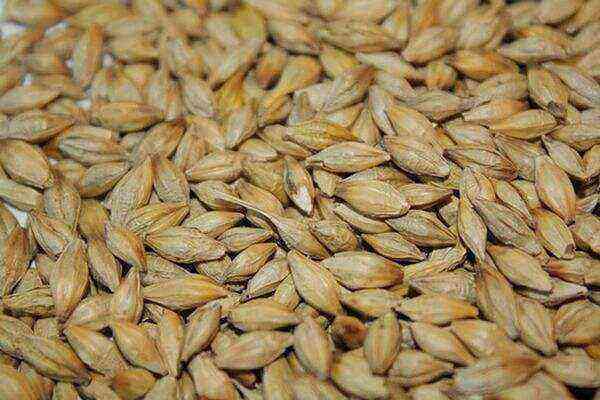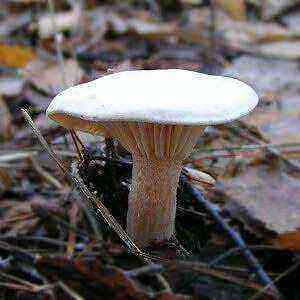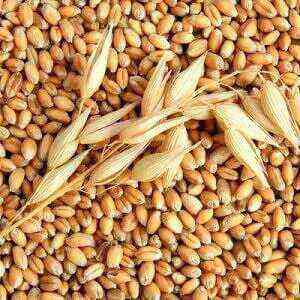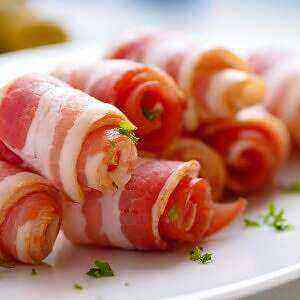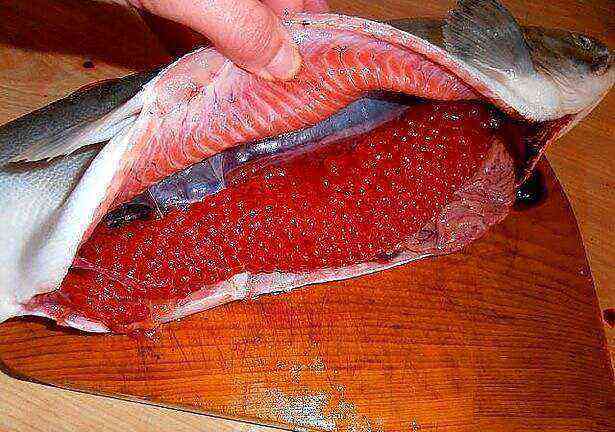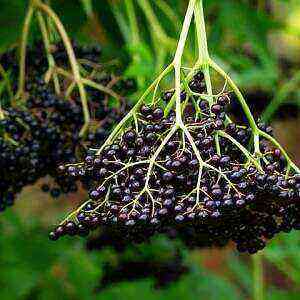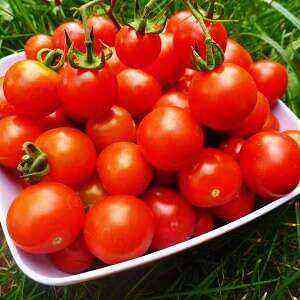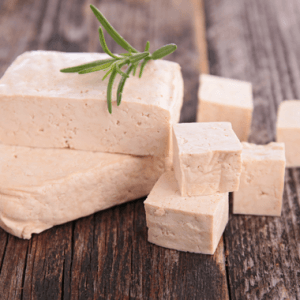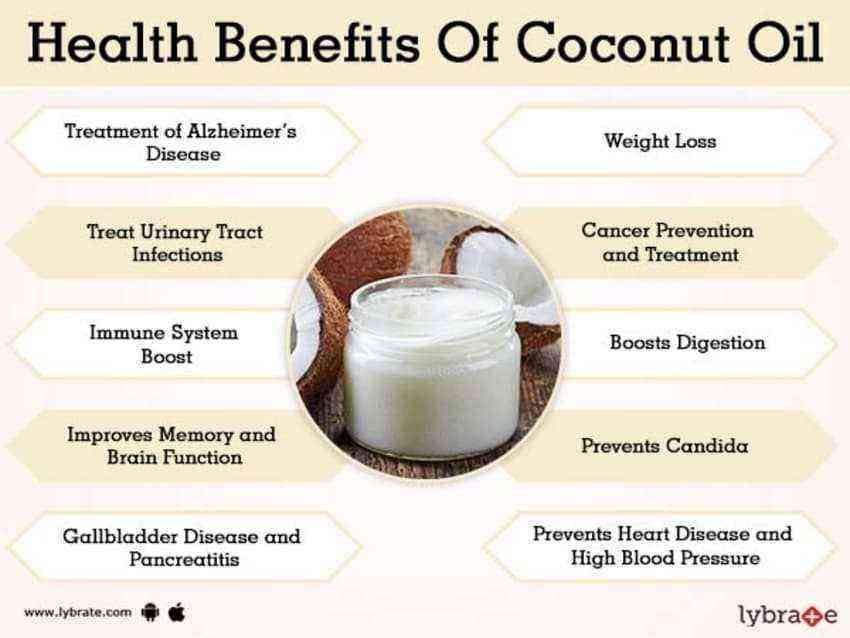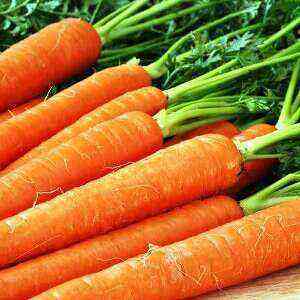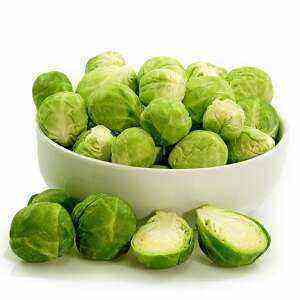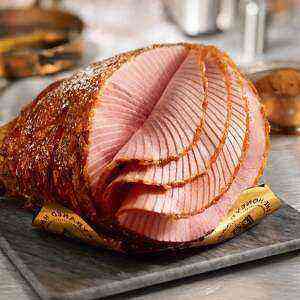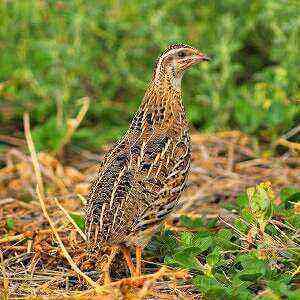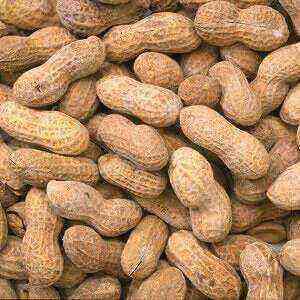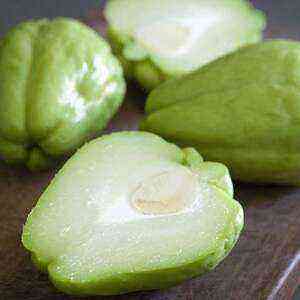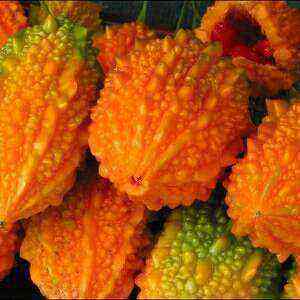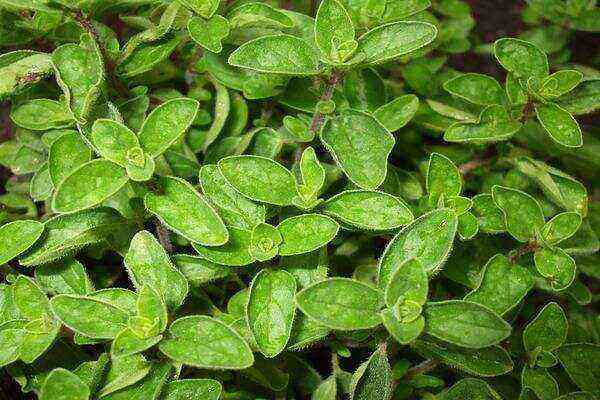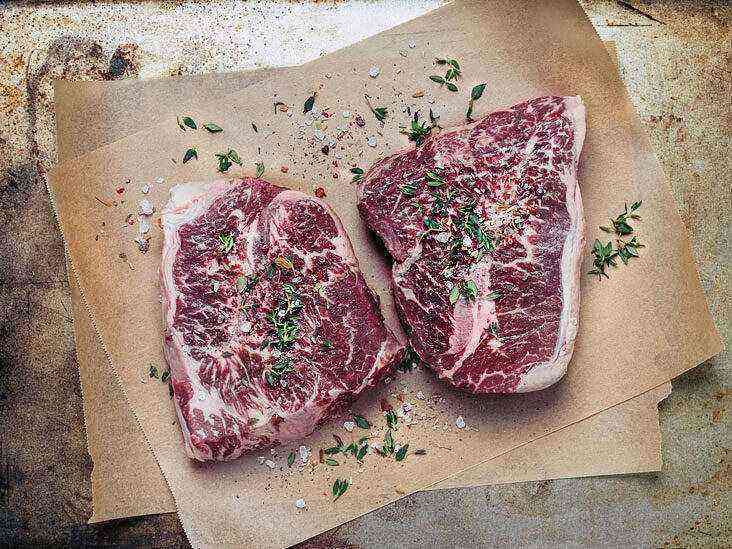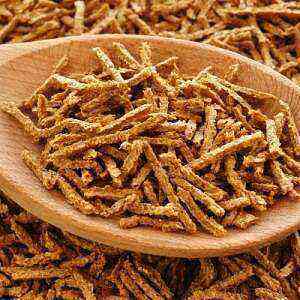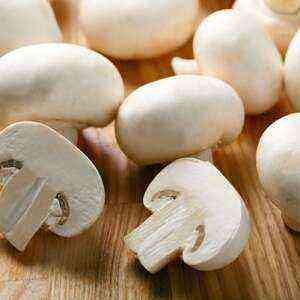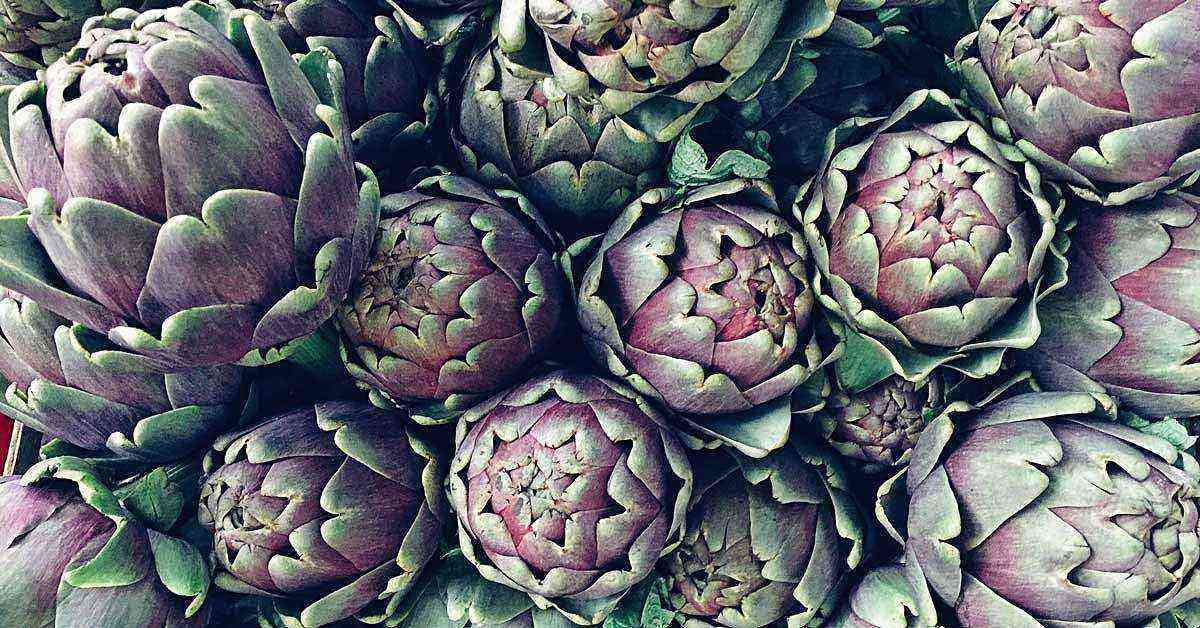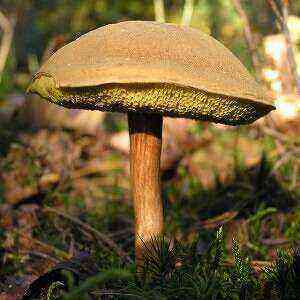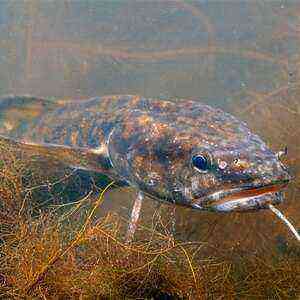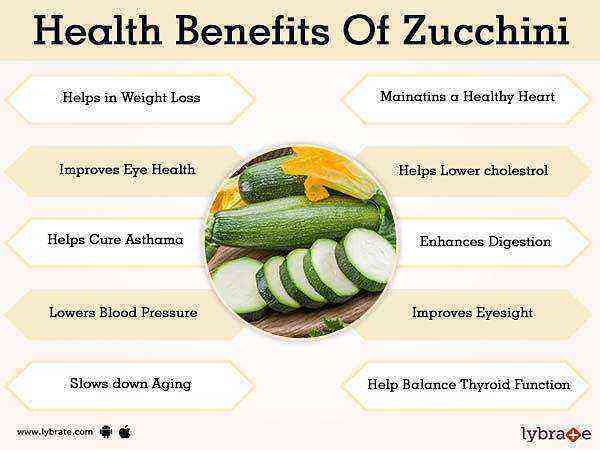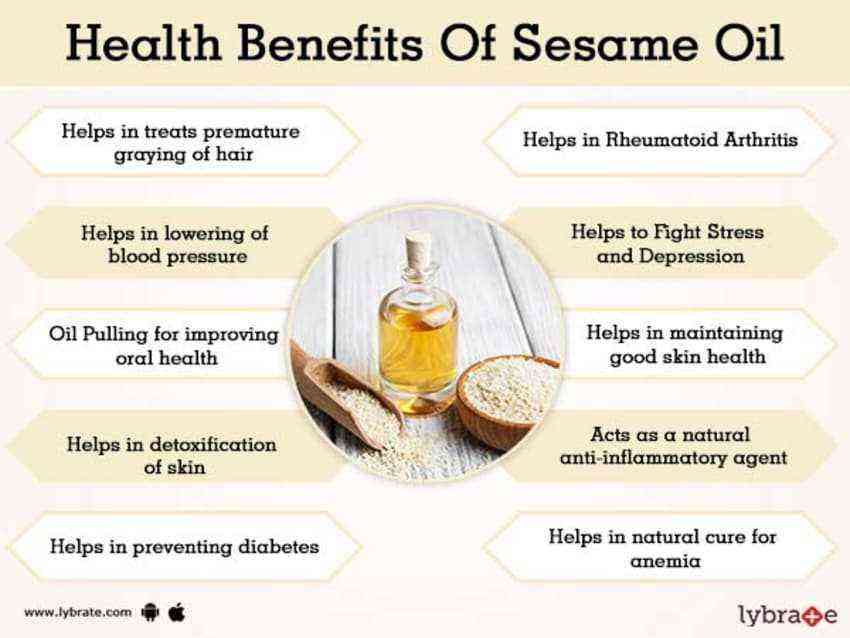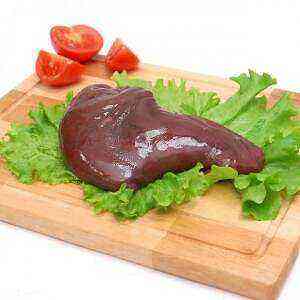
Today there is an opinion that the by-product should not be eaten, since toxins that enter the body of livestock are retained in its tissues. This is true of animals raised in environmentally unfriendly areas with antibiotic treatments. If the cattle has never been sick and ate quality food, its hematopoietic organ contains useful essential substances (amino acids, vitamins, micro- and macroelements, fatty acids).
Consider in detail the criteria for choosing a “good” liver, chemical composition, properties.
What kind of liver to buy?

Signs that signal re-freezing of raw materials after thawing:
- Blurred words on the label, including the date of packaging, manufacturer, shelf life, net weight.
- Pink crystals on the surface, non-uniform color. Once frozen, the liver has an even cut with a small layer of ice. When pressed on it, the water thaws (after 15 seconds).
- Orange color chicken liver.
- Unpleasant smell.
In addition, if pieces of ice are seen in the package, the product was “pumped up” with water before freezing.
Recommendations for choosing a fresh liver
Given that unscrupulous manufacturers are increasingly resorting to tricks on the rehabilitation of an expired product, it is important for consumers to know what a quality fresh by-product looks like.
 The subtleties of the choice of chicken liver
The subtleties of the choice of chicken liver
- Color uninfected fresh offal – light brown with burgundy hue. A sick bird has a liver painted in pale yellow or almost black tones. At the same time, a change in the shade of the “blood-forming” organ indicates the presence of pathogenic microorganisms (Salmonella, Campylobacter) in it. If a fresh liver has an orange color, it has been subjected to repeated thawing.
- Greenish spots on the liver – the digestive juice of the bird, spilled on the body from the damaged gallbladder (during extraction). If you use such raw materials, the dish will turn out with bitterness.
- Fresh liver has a pleasant slightly sweet flavor. If a sour smell emanates from the raw materials, the by-product is expired.
Remember, for the prevention of the disease of birds, antibiotics are almost always added to supplementary food (in poultry farms). Therefore, the “non-homemade” chicken liver in 80% of cases contains levomycetin and tetracycline, which cause allergic reactions.
Criteria for choosing beef and pork liver
The color of quality offal ranges from brown to dark red. In this case, the color of the liver directly depends on the age of the animal. The older the cattle, the darker its blood-purifying organ. In addition, spots, bruises, mucus, or mold are often present in the structure of the “middle-aged” liver.
- The film enveloping the body should be smooth and smooth without damage. If a gray coating is present on the shell, the by-product has deteriorated.
- Expired goods are easily identified by the color of the blood flowing from it. Fresh liver has scarlet blood and stale blood has dark red.
- The structure of a healthy organ in a young cow is loose and tender, in a pig – porous and granular.
- High-quality by-product (beef and pork liver) has a sweetish characteristic odor. Sour aroma (giving salbourne) or other extraneous odors signal the deterioration of raw materials.
- When choosing a delicacy carefully examine the bile ducts. In a healthy liver, the edges of the holes do not differ in color from the main structure. If the bile ducts are painted in a gray-bluish tint, the animal has repeatedly hurt.
- Fresh liver is dense, moist, supple and shiny. Small inclusions, bubbles or spots in the structure “speak” about the presence of parasitic invasions.
After purchase, the liver must be cooked on the same day.
Chemical composition
The liver is a storehouse of nutrients. The chemical composition of the by-product is not inferior to the meat tenderloin.
Table No. 1 “Ingredient Composition of Chicken, Beef, and Pork Liver”
Name
Nutrient content in 100 grams, milligrams
Veal liver
Pork liver
Chicken liver
Vitamins
Vitamin A (retinol, beta-carotene) 8 3,4 12 Vitamin E (tocopherol) 0,85 0,5 0,35 Vitamin B1 (thiamine) 0,46 0,4 0,53 Vitamin B2 (riboflavin) 2,2 2,1 2 Vitamin B3 (niacin) 13 12 13,3 Vitamin B4 (choline) 635 5,17 194 Vitamin B5 (pantothenic acid) 6,8 5,8 6,2 Vitamin B7 (biotin) 0,098 0,08 – Vitamin B6 (pyridoxine) 0,7 0,52 0,9 Vitamin B9 (folate) 0,24 0,225 0,24 Vitamin B12 (cobalamin) 0,06 0,03 –
Macronutrients
Калий
277
271
289
Кальций
9
9
14
Магний
19
20
24
Натрий
104
81
90
Сера
239
187
–
Фосфор
315
345
270
Хлор
100
80
–
Trace Elements
Железо
6,9
20,1
17,4
Марганец
0,32
0,27
0,32
Медь
3,8
3
0,39
Молибден
0,11
0,082
0,058
Цинк
5
4
6,6
Amino acids
Аргинин
1250
1080
1010
Валин
1250
1250
1260
Гистидин
850
520
420
Изолейцин
930
1000
940
Лейцин
1590
1750
1930
Лизин
1430
1490
1070
Метионин
440
430
420
Треонин
810
920
720
Триптофан
240
310
400
Фенилаланин
930
970
980
Тирозин
730
710
670
Polyunsaturated fats
Docosahexaenoic acid (Omega-3) 180 90 10 Linoleic acid (Omega-6) 420 320 580 Arachidonic acid (Omega-6) 220 280 120
Table No. 2 “Nutritional value of beef, pork and chicken liver”
Components
Nutrient content in 100 grams
Veal liver
Pork liver
Chicken liver
Белки
17,9
18,8
20,4
Жиры
3,8
3,9
5,8
Углеводы
5,3
4,7
1,4
Вода
71,6
71,2
70,8
Зола
1,4
1,4
1,4
Холестерин
270
130
350
The energy value of 100 grams of beef liver is 127 calories, pork – 109 calories, chicken – 140 calories.
Benefit and harm
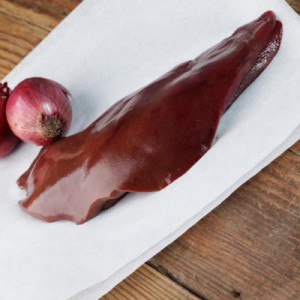
Beneficial features:
- Increases the concentration of hemoglobin in the blood (due to the content of protein-iron proteins and vitamin A).
- Regulates the processes of blood coagulation, prevents thrombosis (due to the presence of heparin and chromium protein).
- It optimizes the cognitive functions of the brain, normalizes the psycho-emotional background (B vitamins, phosphorus, magnesium, tryptophan optimize cerebral blood flow and stimulate the synthesis of serotonin).
- Improves the appearance of the skin, improves visual acuity (since the liver is a “supplier” of vitamin A).
- Increases the body’s endurance to power loads and physical training (due to the rich protein-amino acid composition).
- Eases hangover syndrome, suppresses migraine attacks (due to the content of amino acids).
- Strengthens the immune system, stimulates the antiviral defense of the body (due to the presence of natural antioxidants).
- Strengthens bone tissue, improves the structure of ligaments and tendons (these mechanisms are controlled by lysine, phosphorus and calcium).
- It removes excess fluid from the body, relieves muscle tension and cramps (due to the presence of potassium).
- It improves the metabolism of essential fats, speeds up the process of losing weight (vitamins of group B, fatty acids and proteins stimulate the transformation of lipid reserves into energy).
Who needs to consume by-product?
Liver dishes, first of all, are shown to people suffering from iron deficiency anemia.
In addition, an increased need for proteins experience:
- athletes;
- people engaged in physical labor;
- pregnant and lactating women;
- children;
- patients who received burns and open wounds on the body;
- myopic people.
Liver is used with caution in the following cases:
- in old age (due to the content of extractive substances);
- in disorders of lipid metabolism, accompanied by hypercholesterolemia;
- if chronic kidney disease is present (pyelonephritis);
- during exacerbation of gastric ulcers.
Remember, it is permissible to use only a healthy liver for food, not derived from sick animals.
If antibiotics are added to the cattle feed, its organ is toxic and can undermine the health of the person (cause allergies, intoxication of the body).
How to cook a byproduct?
Liver is a delicate diet product that adults and children love to feast on. However, if improperly processed, it loses its taste, becoming dry, bitter and tough.
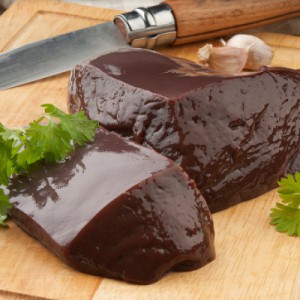
- Before processing, the liver is cleaned of films and bile ducts. In this case, special attention is paid to removing the shell from the surface of the beef, lamb and pork organ. To facilitate the process, the by-product is dipped for 2 minutes in warm water. Then, the film (on the cut) is poked with a sharp knife and gently pulled from one edge.
- Prepared raw materials are cut into portioned pieces and soaked for 40-60 minutes in chilled milk (to eliminate bitterness and soften the structure).
- Before cooking, the liver is dried on a paper towel.
- Roast product no more than 4 – 6 minutes over medium heat (on each side). The main indicator of dish readiness is the release of clear juice when pierced with a fork. For the formation of an appetizing crust, raw materials are dipped in wheat flour.
- Salt the liver at the end of cooking (as the seasoning takes up moisture, overdrying the product).
If there is no time to process raw materials, the fresh product is boiled in salted water 2 – 3 for minutes and refrigerated. Subsequently, the “semi-finished product” is subjected to any heat treatment (short-term).
Recipes for hostesses
 Liver paste
Liver paste
Ingredients:
- liver – 500 grams;
- carrots – 300 grams (2 pieces);
- onions – 150 grams (1 thing);
- butter – 150 grams;
- fat – 30 – 50 grams;
- spices, salt (to taste).
Method of preparation:
- prepare the by-product for processing (rinse under water, peel off the shell and bile ducts, cut into small pieces);
- fry the raw materials to form a “light” crust (3 – 4 minutes);
- peel, chop onions and carrots;
- stew roast liver with vegetables and bacon (until ready);
- grind the resulting mixture in a blender or meat grinder.
For registration of paste in a roll, spread ready mix on a food wrap. Then, softened butter is applied over the mixture. After that, the pate is rolled up and sent to the fridge (for cooling). Before serving, the product is cut into portions.
 Hepatic Salon
Hepatic Salon
Ingredients:
- liver – 700 grams;
- garlic – 200 grams (2 heads);
- eggs – 2 pieces;
- semolina – 15 grams;
- lard – 300 grams;
- onions – 100 – 150 grams (1 – 2 pieces);
- salt, seasoning – to taste.
Principle of preparation:
- prepare by-product;
- grind raw liver in a meat grinder or blender;
- combine minced meat, eggs, garlic and semolina, leave to swell for 30 minutes;
- peel, chop, passive onions;
- chop lard;
- add spices, onions and fat to the liver mixture;
- decompose saltison in plastic bags;
- put the packages in warm water and bring to a boil;
- Boil the 3 delicacy for an hour (over low heat).
After cooling, the saltison is ready for use.
 Liver cake
Liver cake
Components:
- liver – 600 grams;
- eggs – 2 – 3 pieces;
- flour – 30 – 45 grams;
- salt – 2,5 – 4 gram;
- allspice – 1,25 gram;
- garlic – 40 grams (3 – 4 cloves);
- vegetable oil – 45 – 60 milliliters;
- onions – 150 – 200 grams (3 pieces);
- Mayonnaise – 200 grams.
Sequence of preparation:
- skip the liver through a blender or meat grinder;
- combine minced minced with eggs and flour;
- add salt, pepper and garlic (finely chopped) to the liver mass;
- divide the mixture into equal parts 5;
- pour one portion of the composition on a hot frying pan (oiled);
- fry “pancake” on both sides (for 4 minutes);
- bake the remaining liver “cakes”;
- Pass onions in vegetable oil;
- smear the bottom “cake” with mayonnaise (2 tablespoons);
- put fried onion on top of mayonnaise;
- cover the cake with the next pancake;
- lay down the entire cake in the sequence indicated.
After cooking, the dish is placed on 40 minutes in the cold (for soaking).
 Potatoes and Potatoes
Potatoes and Potatoes
Main components (on 2 capacity on 500 milliliters):
- liver – 500 grams;
- sour cream – 200 grams;
- hard cheese – 150 grams;
- potatoes – 600 grams;
- carrots – 200 gram;
- onion – 150 gram;
- salt, seasoning – to taste.
Method of preparation:
- peel, chop the onion;
- chop peeled carrots and cheese (on the grater);
- to cut the liver, cut into portions;
- fry onions and carrots;
- Combine the vegetable breading with the liver and place in a frying pan, bring to semi-ready over low heat;
- add salt, pepper, sour cream;
- stir the vegetable dressing for 5 – 10 minutes;
- chop the peeled potatoes (straws) and fry in a pan (10 minutes);
- place a liver-vegetable mixture on the bottom of the pot, place the potatoes on top of it, sprinkle with cheese;
- bake the dish in the oven for 30 minutes (do not cover with a lid).
When serving, flavor with vegetable oil.
Introduce the liver in baby feeding?
Many mothers are convinced that offal should not be given to babies, since their enzymatic system is not yet fully formed. However, this is not quite true. Considering that the baby is growing intensively up to a year, by 8 – 9 months of life, mother’s milk cannot satisfy the baby’s daily need for nutrients. Therefore, by this age, the baby’s body is instinctively “ready” for the consumption of new products. Veal liver is introduced into the child’s menu only after the child has mastered with meat complementary foods (as part of baby food).
The initial portion of treats should not exceed 2,5 grams per day.
At the same time, it is important to monitor the consistency of the chair and the skin of the baby. If a baby has an allergic rash or diarrhea, then the liver mix is canceled. In the absence of negative effects, the by-product is administered on an ongoing basis (1 once a week instead of meat food). After 1,5 of the month, the baby’s diet can be supplemented with homemade liver mashed potatoes.
How to prepare a by-product for the baby?
Calf liver (boiled) is ideal for feeding one year old baby. Culinary processing begins with a thorough washing of raw materials under running water. After that, the product is placed in warm water and 6 minutes boil (over low heat). Then the welded liver is removed and placed in a container with fresh water. On a clean liquid (without salt) the by-product is brought to readiness. After that, the film is removed from the boiled raw materials and crushed to a mushy state (in a blender, in a meat grinder or by passing through a sieve). To eliminate the specific taste in the mix add vegetable puree or baby porridge.
Remember, homemade liver supplements are introduced into the infant’s menu gradually, starting with 5 grams per day. With normal portability of the product daily portion increase to 50 – 60 grams.
Conclusion
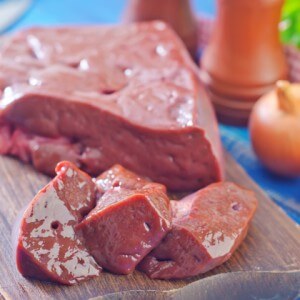
Remember, a healthy fresh liver is evenly tinged with a brownish-red hue. At the same time, in its structure there are no spots, bubbles and blotches, and when piercing, red blood is released.
The by-product is recommended to consume 2 – 3 times 7 days, for 200 – 250 grams (adults). It is especially important to regularly eat the liver to pregnant women, children, athletes, people engaged in physical and mental labor, since it serves as a kind of feed for the organism, which is particularly vulnerable during these periods. For older people, it is important to limit the daily portion of the by-product to 40 grams (due to the presence of heparin). In addition, the liver is cautiously consumed in case of chronic renal dysfunctions, lesions of the digestive tract, elevated cholesterol, and food allergies.
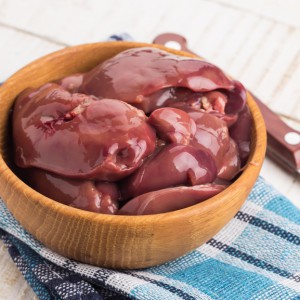 The subtleties of the choice of chicken liver
The subtleties of the choice of chicken liver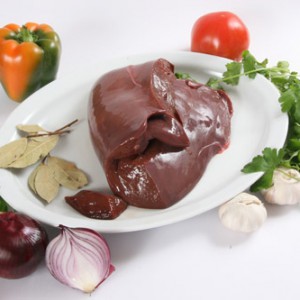 The color of quality offal ranges from brown to dark red. In this case, the color of the liver directly depends on the age of the animal. The older the cattle, the darker its blood-purifying organ. In addition, spots, bruises, mucus, or mold are often present in the structure of the “middle-aged” liver.
The color of quality offal ranges from brown to dark red. In this case, the color of the liver directly depends on the age of the animal. The older the cattle, the darker its blood-purifying organ. In addition, spots, bruises, mucus, or mold are often present in the structure of the “middle-aged” liver.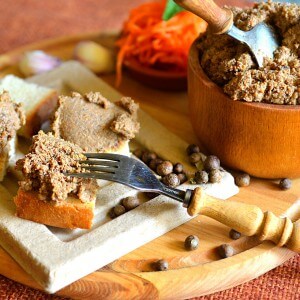 Liver paste
Liver paste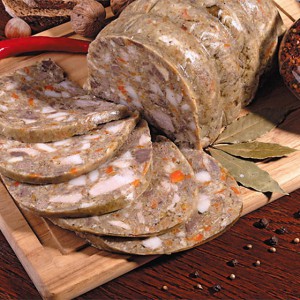 Hepatic Salon
Hepatic Salon Liver cake
Liver cake Potatoes and Potatoes
Potatoes and Potatoes